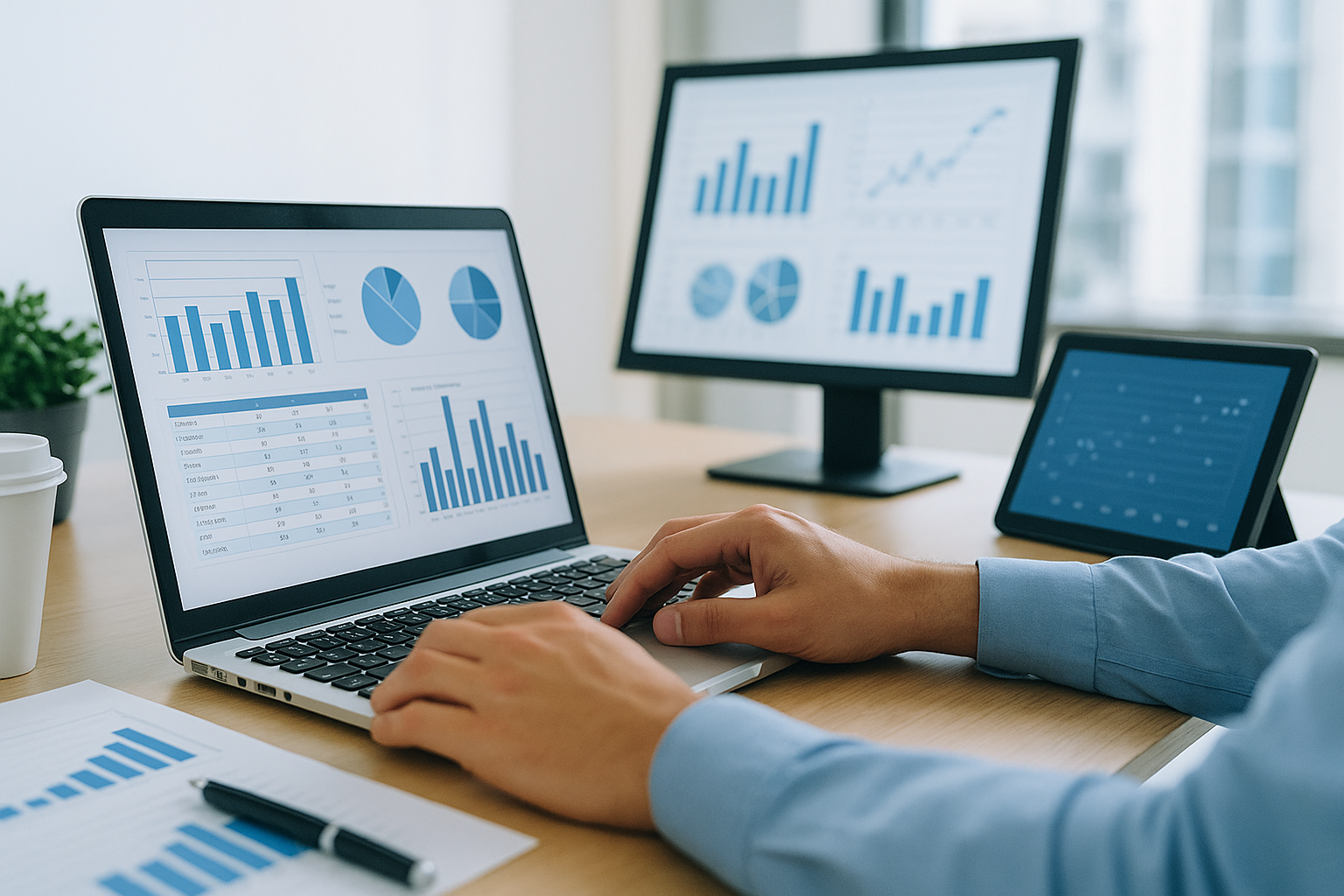
Self-Service or centralized BI? Finding the right balance for the utilities sector
In the world of data applied to public utilities, striking the right balance between a centralized Business Intelligence (BI) strategy and a self-service approach is key to maintaining agility without sacrificing control.
More and more organizations in the sector are facing the challenge of building an architecture that combines user flexibility with guarantees of data quality, traceability, and security.
BI models: centralized vs. self-service
The centralized model offers consistency, control, and governance, but tends to be slower and less flexible. On the other hand, self-service BI provides agility and autonomy to business areas, though it comes with risks like duplicated analyses and loss of data lineage.
According to Gigliola Yemini, Project Manager Data & AI at Quanam, “an organization that relies solely on self-service would lack effective control and drift toward disorganization; that’s why most adopt hybrid models”.
Pablo Werner, also a Project Manager Data & AI at Quanam, points out that “self-service is particularly suitable for areas like Marketing, where criteria and needs evolve so rapidly that traditional BI can’t keep up”.
The new role of the BI team
With a hybrid approach, the BI team shifts from being the main report producer to acting as an enabler. It provides certified datasets, defines common standards, and ensures proper tool usage.
Werner summarizes: “The BI team becomes the provider of raw material, so each area can combine, process, and generate value according to its specific needs. It also supports and monitors the platform’s health”.
Training and tools
The success of self-service BI doesn’t depend solely on data access, it hinges on user education.
“It’s not just about teaching tools, but about understanding what the data means and knowing how to interpret it”, Werner warns.
From a technology standpoint, many organizations operate with multiple platforms. IBM Cognos, Tableau, Power BI, and open-source tools like Superset are combined based on user profiles and analytical needs.
“Just a few years ago, using two BI tools simultaneously was unthinkable. Today, it’s the norm in most organizations”, says Yemini.
When is a team ready for self-service BI?
Not every business unit is ready for this approach. It’s essential to evaluate data maturity, previous experience, and analytical autonomy. If implemented prematurely, it can lead to mistakes and duplicated efforts.
Yemini emphasizes: “Not every user is ready to perform reliable self-service BI. It takes skills, knowledge, and a layer of governance to ensure analysis quality”.
A case of hybrid transition
Werner and Yemini share the case of a telecom company that began its analytics journey with a traditional, centralized BI model, supported by tools like IBM Cognos.
Over time, growing data volumes and the demand for faster insights pushed the company toward a more flexible architecture, based on Big Data and self-service solutions like Tableau.
The result was a hybrid model, where different analytics platforms coexist, each tailored to specific roles and needs. This transition accelerated processes in areas like Marketing and enabled the creation of monetizable data products, adding business value through in-house analytical models.
Artificial Intelligence: the next step
Predictive models, recommendation engines, generative assistants, and automated visualizations are expanding self-service BI capabilities. This enhances user autonomy but also calls for new layers of validation and governance.
In this landscape, AI doesn’t replace self-service BI—it amplifies it. It empowers users to move beyond data consumption and become active creators of organizational knowledge.
Conclusion
Finding the right balance between centralized and self-service BI is essential for public utilities to respond with speed while maintaining control. With a strong architecture, well-prepared teams, and trained users, self-service BI becomes a strategic advantage, not a risk.
Author: Journalist Alejandro Acle
Co-written with: Data & AI Project Managers Gigliola Yemini and Pablo Werner
